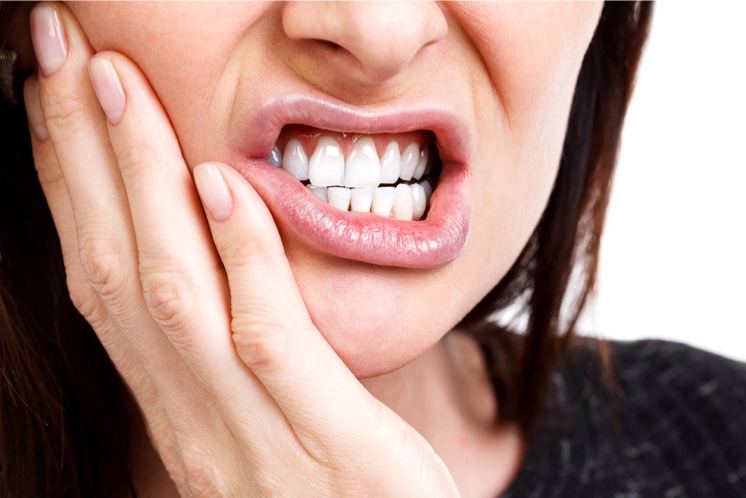Dental fistula: causes and treatment

What is a dental fistula?
A dental fistula is a small channel formed from the infected area of the tooth, which usually coincides with the tip of the root, until the external surface area of the gum. The passage acts as a deposit of pus and as it is filled, it forms a small protuberance in the shape of a spot close to the gums. When the protuberance bursts, the pus drains in the mouth.
Dental infections can occur in any place inside or outside of the oral cavity.
Causes of a fistula
Below are some of the causes of a fistula:
- Deep tooth decay: The bacteria that cause tooth decay may reach the dental pulp and generate a fistula. We must take special care and have good dental hygiene to avoid it. If we detect tooth decay, we must visit our dentist.
- Periodontic illness: Periodontitis seriously affects our gums, infecting them and damaging the soft tissue. This pathology can reach the dental bone. Aside from causing serious discomfort to our mouth, it may cause a fistula.
- Badly performed root canal work or badly cured tooth decay: If tooth decay has not been duly treated and/or its extension has meant that root canal work must be performed beforehand and it was not performed correctly, the bacteria may follow its course and cause a dental fistula.
- Wisdom teeth: Wisdom teeth erupt during adulthood at the back of our mouth and can cause certain problems. One of these problems is their cleaning – due to their location, it is complicated since tooth decay can occur as food remains between the teeth and gums. This, added to the problem of whether they erupt correctly (they may be affected) can cause a dental fistula.
Gum fistula
The fistula normally appears on the gum, on the top of the tooth. As we have indicated, it is a lump with pus that has occurred for different reasons. Congregated pus comes out of this fistula, through the bone infection.
The organism itself is charged with creating this fistula on finding an infectious agent, so that the pus goes out through a hole in the gum to drain the pus.
Among the solutions, the dentist may recommend antibiotics to eliminate the infection, but the professional must find the cause and treat it adequately, since the medication will not be the only thing that can resolve the problem.
How is it diagnosed?
When there is a dental infection, there is normally swelling inside and outside of the infected area. Occasionally, the pressure produced by the swelling finds an area of weakness in the soft tissue and creates an escape route from the infection to the outside.
The presence of a fistula is not always painful, so there can be a temptation to ignore it. But it is not advisable to do so since it is a warning sign of the presence of an oral infection that requires treatment.
Therefore, when a dental abscess is diagnosed associated with a dental fistula, the first thing to do is to find out where the infection is coming from to be able to thereby decide the chosen treatment.
What is the procedure to treat the fistula?
The odontologist, following an x-ray examination, will find the source of the problem, and will offer a series of therapeutic protocols to temporarily relieve the pain, if any, and it will prepare a plan to cure the underlying dental problem. Normally it is necessary to prescribe an antibiotic.








